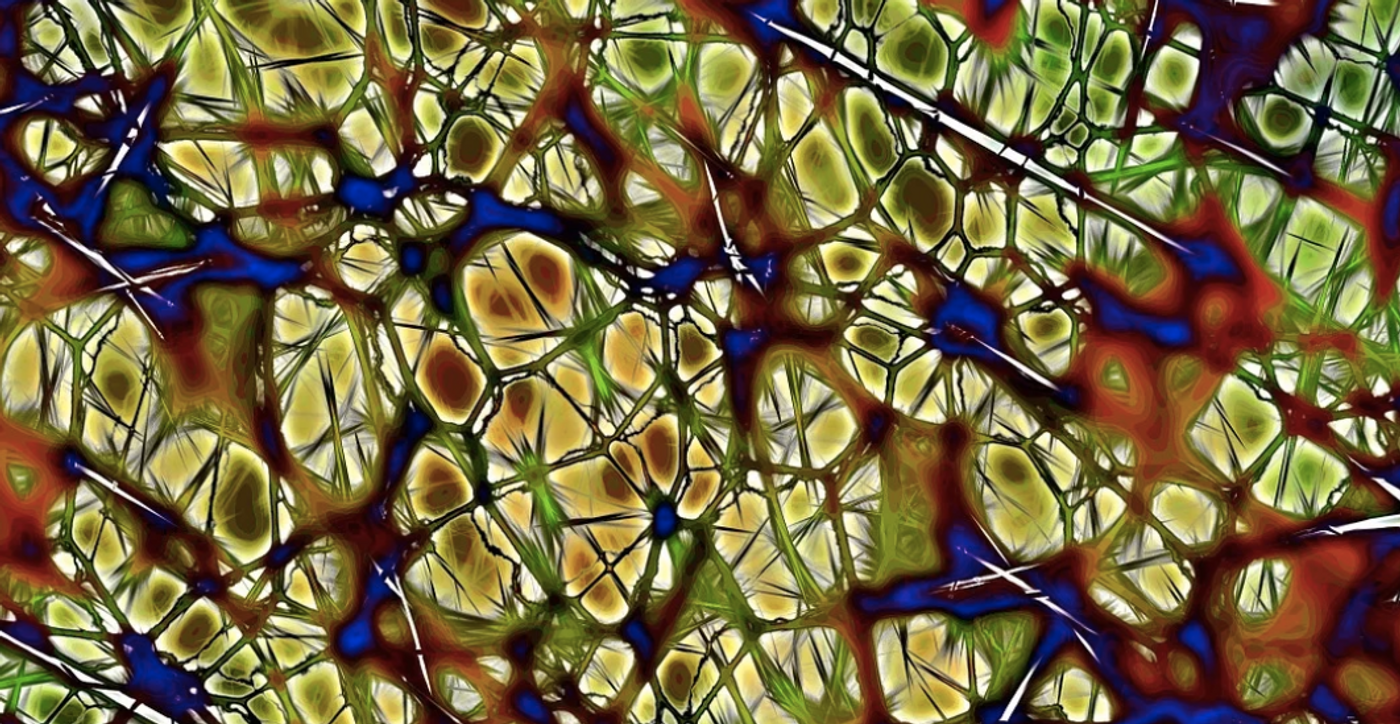Predictions in the Fly Brain Use Potentially Universal Methods
The brain of the fruit fly may only be the size of a poppy seed, but it seems that it's capable of making predictions. These insects may use universal principles to make those predictions, which may be common to many kinds of nervous systems, suggested new research in PLOS Computational Biology. Animal brains have to be able to take in information about the surrounding environment, process that data, and use it to make decisions about what actions to take. But the environment might change in the time that requires, so it helps to be able to make a forecast.
"This is really important in predator/prey interactions," said senior author Stephanie Palmer, Ph.D., an Associate Professor of Organismal Biology and Anatomy at the University of Chicago. "For a fly, everything is trying to eat you, and you want to avoid being eaten. However, the fly's environment is rapidly changing, and the neurons they have are laggy. We wanted to study how flies were able to execute quick evasive behaviors to avoid being eaten by predators when ongoing feedback from their sensory systems hasn't been processed."
The research was made possible by collaborative investigators working in different research fields. "This is a project born out of this new era of open science sharing," Palmer said. "We were able to take the precise behavioral recordings made by another group and use them for a theoretical, computational neuroscience question: Does the fly's visual system make predictions using the initial detection of a threat that can span the lag time in processing of additional feedback as the fly starts its evasive behavior?"
First study author Siwei Wang, Ph.D., a postdoctoral researcher in the Palmer lab, has previously analyzed models of how a fly's visual system informs its movement. The researchers were able to simulate how the visual system would respond to the previously recorded data.
"We compared what an optimal prediction would look like and what the fly's prediction looks like, and then we broke open the simulation to try to identify which parts were the most important for making these predictions," Palmer explained.
When the fly takes in visual information, it hits a bottleneck so the fly brain isn't overwhelmed with too much; some of the data is tossed out, but the brain has to be selective about what's removed. The researchers found that structures called gap junctions on neurons were a critical part of this bottleneck, keeping what was required and removing what was extraneous.
A subpopulation of vertical motion sensory neurons was found to have a direct connection to neurons that steer the fly's flight. That may explain how flies are able to make predictions that alter their behavior so rapidly.
This work may help researchers learn more about the nervous systems of other animals and how they make predictions, potentially including humans.
"Cracking open the black box of how the fly does this has revealed what we think are universal design principles that the nervous systems of other animals probably also use," Palmer said. "We're interested in searching for another example of prediction-guiding behavior in another animal and asking if what we found in the fly really does apply broadly across species.
"One of our greatest challenges as humans is understanding how everything inside our head works. Insights from work on flies can be generalizable and actually give us clues to how our brains operate," Palmer noted.
Sources: Phys.org via University of Chicago, PLOS Computational Biology










